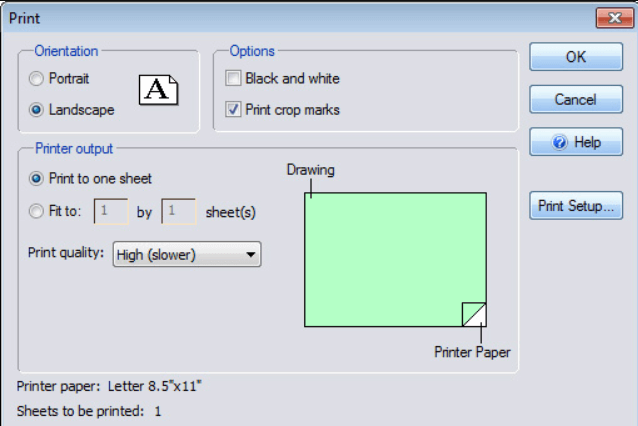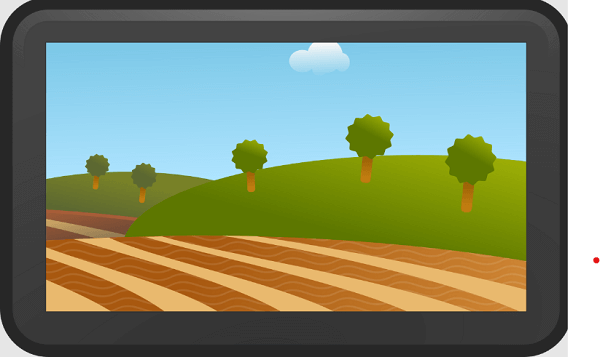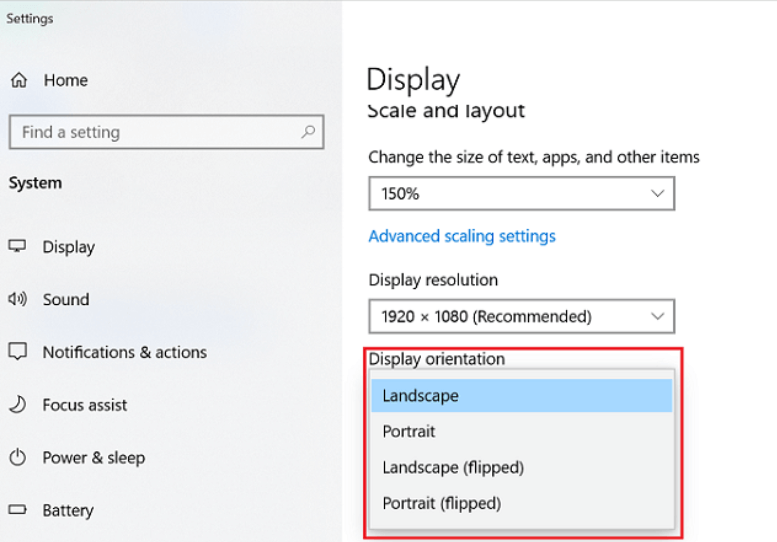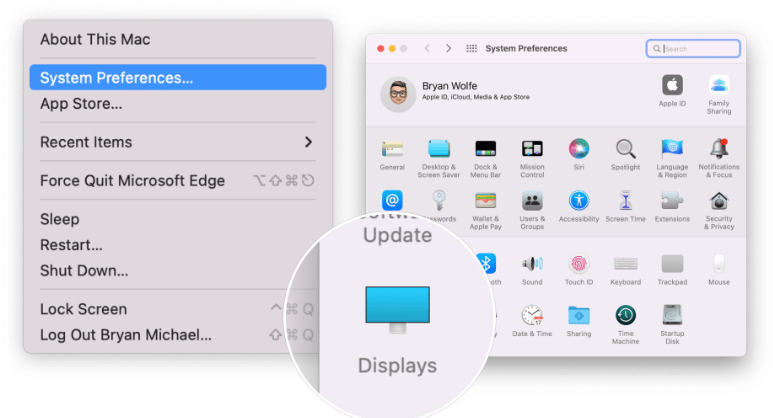What is Landscape mode?Landscape mode is a display orientation that refers to the horizontal orientation of a screen or page, as opposed to the vertical orientation of portrait mode. This mode is commonly used to view images, videos, and documents with a wide aspect ratio, such as panoramic views, landscape photographs, or movies. 
The purpose of landscape mode is to provide a better viewing experience for content that is wider than it is tall. For example, when viewing a wide image or video in portrait mode, the viewer must either zoom out to see the full width or scroll horizontally to view different parts of the image. This can be inconvenient and may compromise the quality of the image or video. In contrast, landscape mode allows the viewer to see the entire width of the image or video simultaneously without zooming out or scrolling. This is particularly useful for panoramic views or landscape photographs, often wider than most screens' standard aspect ratio. Similarly, movies and videos shot in widescreen format can be viewed in their original aspect ratio without cropping or letterboxing. Furthermore, landscape mode is increasingly important in the era of mobile devices, where screens are becoming larger and more versatile. With the rise of smartphones and tablets, users are increasingly consuming media on the go, and landscape mode provides a better viewing experience for content that is wider than it is tall. How to switch to landscape mode?Switching to Landscape mode is a simple process that varies depending on the type of device being used. Whether you're using a smartphone, tablet, laptop, or desktop computer, you can use a few different methods to switch to Landscape mode. In this section, we will provide instructions on how to switch to Landscape mode on various devices. Smartphones and Tablets:Switching to Landscape mode is as simple as rotating the device on most smartphones and tablets. Here are the steps:
Note: If your device doesn't automatically switch to Landscape mode when you rotate it, check your device's settings to ensure that auto-rotate is enabled.Laptops and Desktops:Switching to Landscape mode on a laptop or desktop computer is usually done through the display settings. Here are the steps for Windows and Mac computers: Windows:
Mac:
Note: Some graphics cards have software that allows you to switch to Landscape mode. Check your graphics card's documentation for more information.TVs and Projectors:Switching to Landscape mode on a TV or projector can vary depending on the make and model. Here are some general steps:
Note: If your TV or projector doesn't support Landscape mode, you can use a device like a media streamer or gaming console to display content in Landscape mode.Gaming Consoles:Many gaming consoles support Landscape mode, either through the console's settings or through the settings of individual games. Here are some general steps:
Note: Some games may not support Landscape mode, so check the game's documentation before switching to Landscape mode.Advantages of Landscape mode
2) When it comes to printing or displaying graphics, Landscape mode is a term used to describe a horizontal orientation of a document or image. This orientation is ideal for displaying or printing wider images, charts, and data visualizations. Landscape mode is commonly used for printing documents that require a lot of space to display information, such as calendars, maps, and spreadsheets. It is also useful for displaying panoramic photos or images with a wide aspect ratio. Landscape mode in printingWhen printing a document or image, you can select the page orientation. Most printers default to portrait mode, which is taller than wide. However, Landscape mode is the better choice when printing wider images or charts. Choosing Landscape mode for printing allows for a wider viewing area and ensures the entire image is displayed on the page.
To select Landscape mode for printing, you must access the printer settings. This can be done through your software program's print dialogue box or the printer's settings menu. Once you have accessed the printer settings, select Landscape mode and adjust the page orientation to fit your needs. This ensures that your wider images and charts are printed in the correct orientation, with a wider viewing area that is easy to read and analyze. 
Some printers offer automatic orientation detection, which means the printer will automatically adjust the page's orientation based on the printed content. This convenient feature ensures that the entire image is displayed on the page, regardless of its orientation. Automatic orientation detection is particularly useful for printing documents with a mix of portrait and landscape pages. Landscape mode for displaying graphicsIn addition to printing, Landscape mode is commonly used to display graphics and images on computer screens or projectors. When displaying an image in Landscape mode, the image is wider than it is tall, providing a wider viewing area that can be ideal for displaying panoramic photos or images with a wide aspect ratio. 
Benefits of Landscape mode for displaying imagesLandscape mode offers several benefits for displaying images. First, it provides a wider viewing area for displaying images and charts. Second, it can enhance the image's visual impact by providing a wider canvas to showcase the image's details. Third, it can make analyzing and comparing data in charts and graphs easier.
3) Regarding computer monitors, landscape mode is a term used to describe the screen's orientation. Most modern computer monitors are designed with a landscape orientation, meaning they are wider than tall. This orientation is particularly useful for displaying digital content such as videos, images, and websites, as it allows for a more immersive and engaging viewing experience. Display Aspect RatioMost modern landscape-oriented monitors have an aspect ratio of 16:9, meaning the display is 16 units wide for every nine units of height. This aspect ratio is well-suited to displaying widescreen content such as movies and games because it closely matches the aspect ratio of most movies and TV shows. A 16:9 aspect ratio allows for a wider and more immersive viewing experience. It is also beneficial for multitasking, providing ample screen real estate for multiple windows or applications. 
However, some monitors have different aspect ratios, such as 21:9, which are optimized for even wider displays. These ultrawide monitors provide an even more immersive viewing experience, offering a wider field of view than traditional 16:9 monitors. This can be especially useful for tasks like video editing or gaming, where a wider view can provide a competitive advantage. Advantages of Landscape mode for computer monitorsUsing a monitor in landscape mode can offer a variety of advantages, making it a popular choice for many users. Below are some key benefits of using landscape mode on a monitor.
Next TopicHow long should a laptop battery last
|
 For Videos Join Our Youtube Channel: Join Now
For Videos Join Our Youtube Channel: Join Now
Feedback
- Send your Feedback to [email protected]
Help Others, Please Share











